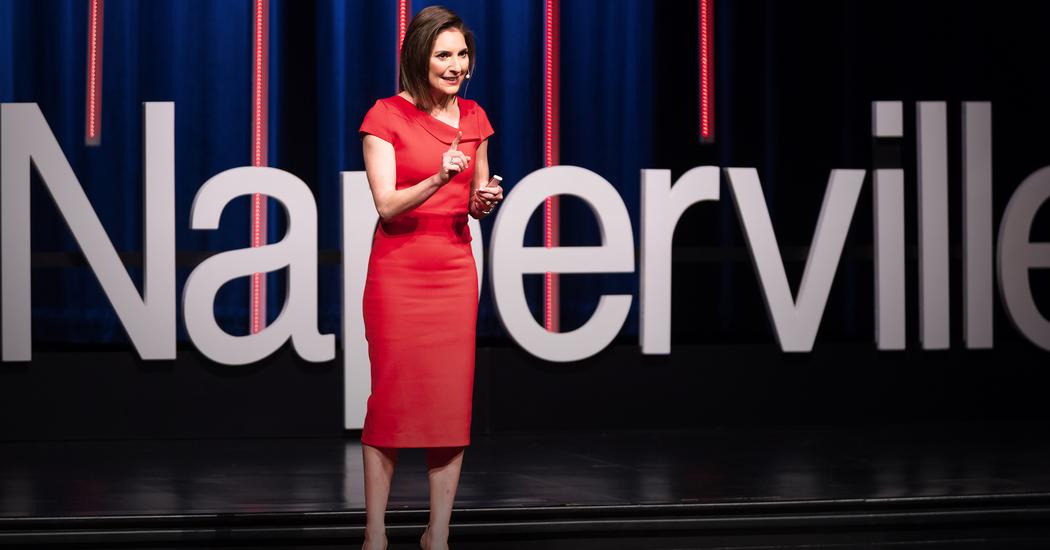
https://www.ted.com/talks/darr...

| Darria Long: An ER doctor on triaging your "crazy busy" life | TED Talk How do doctors in the emergency room stay calm and focused amidst the chaos? Drawing on years of experience, ER doctor Darria Long shares a straightforward framework to help you take back control and feel less overwhelmed when life starts to get "crazy busy." www.ted.com |
Excerpts from Six Everyday Supports for Students Who’ve Experienced Trauma
Teachers' everyday actions can significantly improve vulnerable students’ school experience. “These organic actions,” say Koslouski and Stark, “likely have important and positive consequences for the students themselves, as well as their peers, teachers, families, and school community.”
From in-depth interviews with ten elementary teachers, the authors identified specific practices that benefit all students, but are particularly important for students with the greatest needs.
• Prioritizing relationships with and between students – Building trust and safety and nurturing a calm, supportive classroom community are key priorities. “I think meeting those
emotional needs has to come before academics,” said one teacher. “I want them to be happy, feel good about coming to school.”
• Allocating time to teach self-regulation and social skills – This includes using morning meetings to talk about emotions and stress responses and teach conflict resolution and anger management. The interviewed teachers also blocked out time for mindfulness, yoga, movement breaks, and just plain quiet. Some teachers implemented the Open Circle or Responsive Classroom program.
• Providing and advocating for academic, social, and emotional support – This included predictable daily routines; a non-punitive break area where students could color,
write, or reflect; giving students choices; and making full use of school counselors, psychologists, social workers, and other supportive staff members.
• Practicing cultural humility and responsiveness – For teachers, this meant rethinking curriculum objectives and materials and taking into account students’ race, ethnicity, language, religions, sexual identity and orientation, citizenship status, (dis)ability, and learning styles. One teacher said she was constantly aware that she wasn’t just teaching the child in front of her but also “their trauma, their history, what they come with, last year’s learning, the previous year’s learning.” In deference to instances of gender fluidity, teachers addressed students as “friends” or “scholars” rather than “boys and girls.”
• Striving to ally with parents – This involved reaching out to parents of students experiencing adversity and trauma; engaging parents who had the time and energy to be involved; and understanding why parents sometimes couldn’t or wouldn’t get involved with the school. Teachers empathized with the competing demands parents’ time and recognized that some were dealing with their own negative experiences in school. Teachers aimed to be flexible and inclusive in their communication with homes, including getting notes translated, to promote maximum engagement.
• Engaging in ongoing learning and reflection – Teachers reflected on their cultural experiences, learned from colleagues and workshops, and rethought classroom approaches (one incorporated yoga on a whim and now uses it daily with her students). Importantly, teachers realized that incorporating small changes each year made the work manageable and could lead to significant changes in their teaching over time. One explained, “I’ve already got the yoga part down… So I’m thinking about the cool-down or quiet-time boxes. I think that’s a really perfect thing to do next year.”
“Promoting Learning for Students Experiencing Adversity and Trauma” by Jessica Koslouski
and Kristabel Stark in Elementary School Journal, March 2021 (Vol. 121, #3, pp. 430-453);
Back from break, refreshed and ready!


